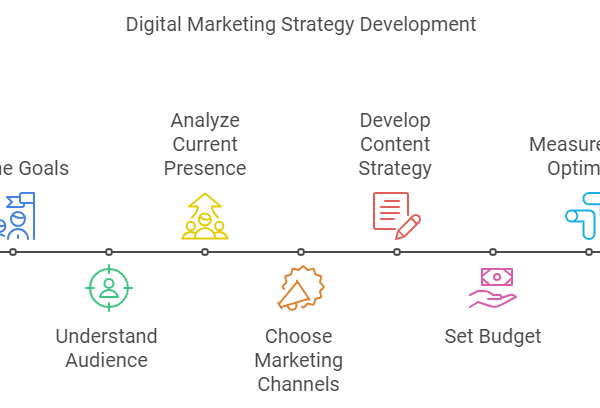
Brainstorming is the initial stage of writing a story. Writing a compelling story that doesn’t just happen at the snap of your finger but starts with a spark of imagination and blooms through thoughtful brainstorming sessions.
It doesn’t matter if you are an experienced writer or a newbie trying storytelling, brainstorming is essential and can elevate your narrative game to new heights. However, some writers still struggle with the brainstorming phase.
To keep you out of it, here are some ways that can help you brainstorm new ideas for your story.
Take Inspiration in Everyday Life
The world around you can be a treasure of inspiration. You can take a walk in the park, converse with a stranger, or simply observe daily life. Inspiration lurks in the most unexpected places such as a passing phrase, a simple gesture, or a vivid scene before your eyes.
You have to train yourself to be an attentive overseer – the smallest details might be a seed for your next gripping tale.
Cultivate Curiosity And Ask “What If?”
Curiosity is one of the elements of creativity. You must challenge the norms by asking the what-if questions. Such as what if humans had two heads or four eyes? Or what if robots take over the world? These questions will pave the way for intrigue that will blossom into captivating stories. Let your imagination roam freely and without any restriction to reality.
Seek Inspiration From Other Mediums
Books, movies, paintings, music – every artistic medium has its language that can speak volumes to writers. The writers who do ghost writing claim that when you immerse yourself in different forms of art it stimulates your imagination.
You can analyze how a song weaves a narrative through its lyrics. Extract inspiration from these mediums to infuse depth and richness into your storytelling.
Dive Into Personal Experiences
Your own experiences, emotions, and struggles can help with your storytelling material. Draw inspiration from your fears, triumphs, setbacks, and moments of joy. You can also infuse your narrative with genuine emotions and relatable human experiences that can develop a profound connection between your story and the readers.
Explore Different Perspective
You must have to step into the shoes of multiple characters and viewpoints. Always consider how someone with a different belief, background, or motivation might perceive a situation. It will make your storytelling horizon broad and also foster empathy and depth in your characters.
Experiment With Writing Prompts And Exercise
Writing prompts are also invaluable tools when it comes to kickstarting your creativity or brainstorming ideas. They will help you by providing a wide angle and a clear board for your imagination that will nudge you out of your comfort zone.
You can set a timer and dive into writing prompts and make sure to allow it to guide you into uncharted narrative territories. In the alternative, you can also try some unconventional exercises such as storytelling through images or even creating a story using random words. It will help discover dormant ideas and challenge your storytelling conversations.
Combine Unrelated Elements
You can blend disparate elements to develop an original story. Merge the contrasting genres, periods, or themes. For example, picture a medieval knight wielding futuristic technology or a love story set in a dystopian world. This fusion of unrelated elements can give broth to unique and thought-provoking narratives.
Conclusion
So, the path to generating the best idea for your story is diverse. It is about relishing your exhilarating ride to the creative process. With these ways above you can work on your idea and ensure the best story for readers that will keep them engaged.











